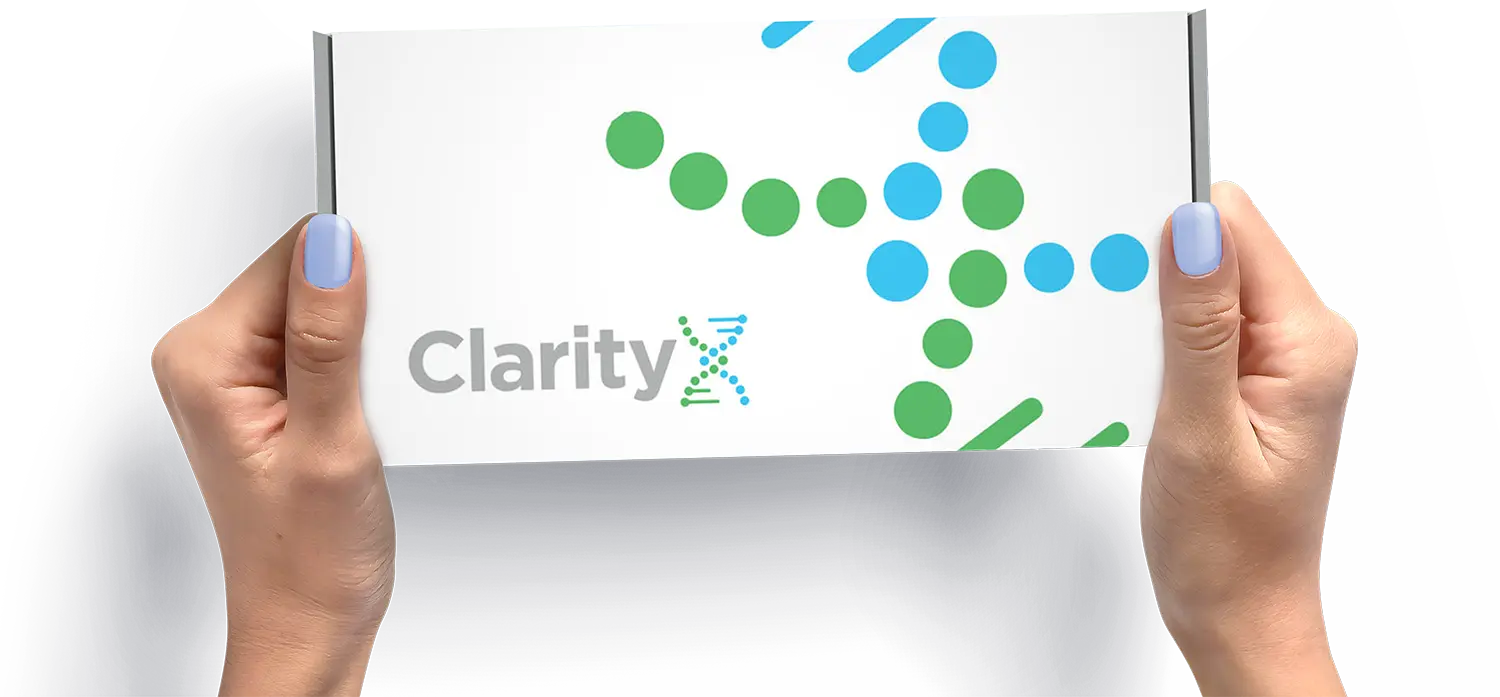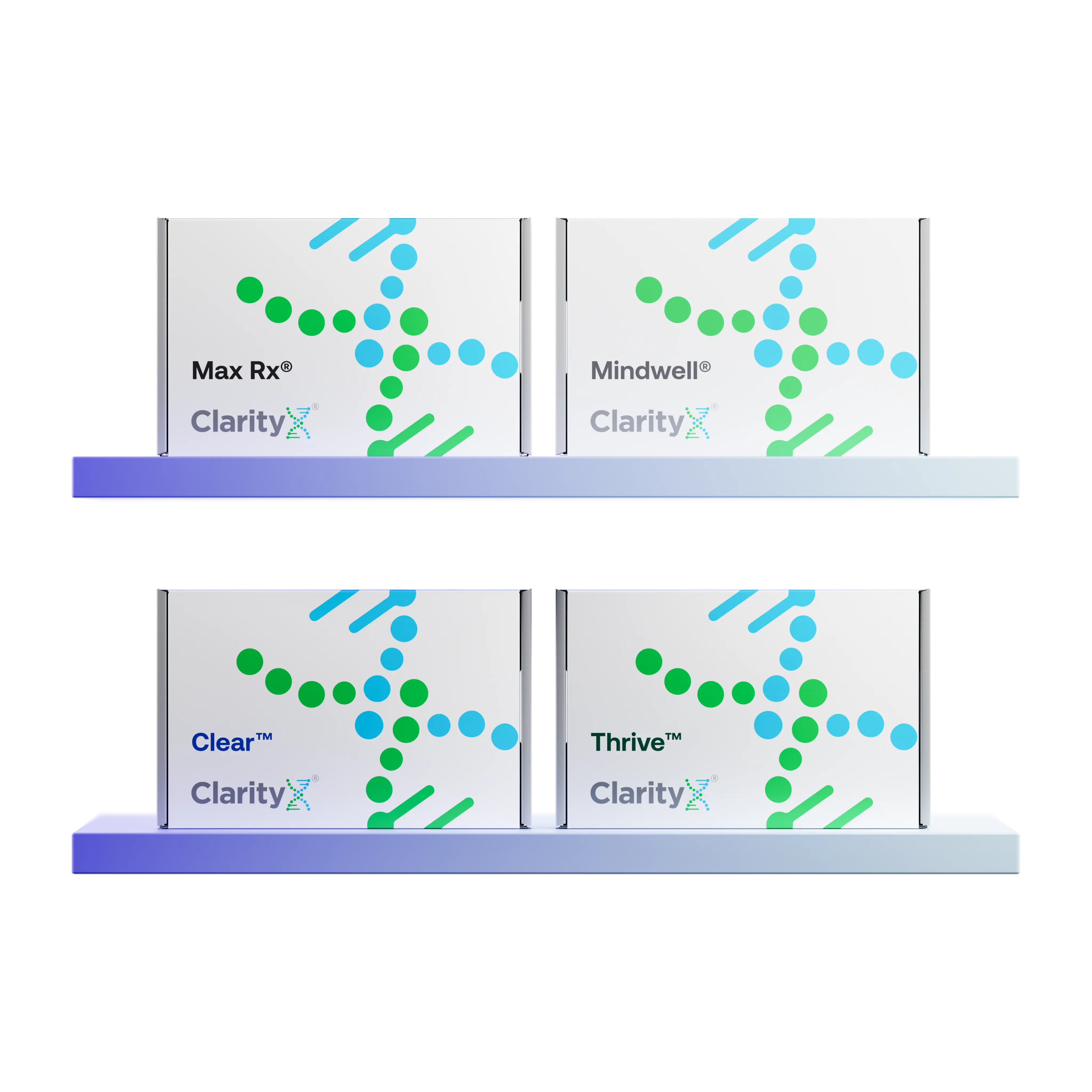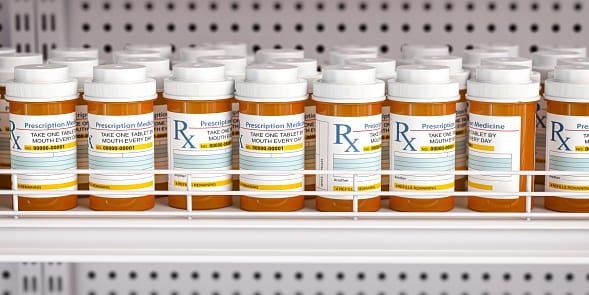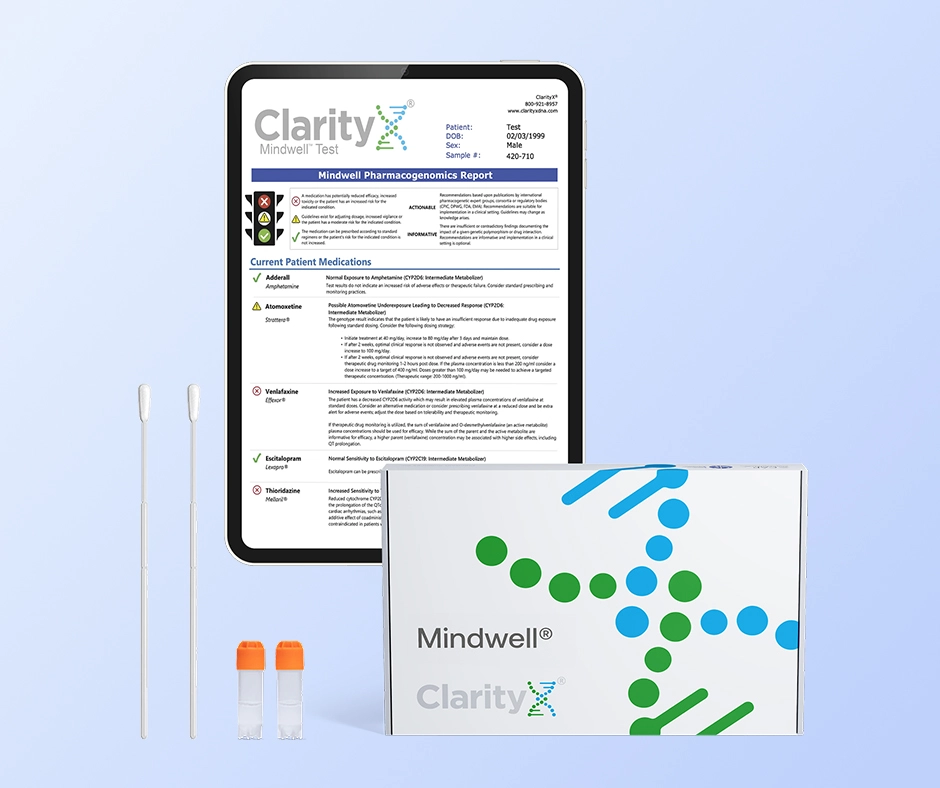Key Highlights
- Haldol is an antipsychotic medication used to treat mental health conditions like schizophrenia, severe behavioral problems, and Tourette's syndrome.
- It blocks dopamine receptors in the brain, affecting neurotransmitters that regulate mood, behavior, and movement.
- The time it takes for Haldol to work varies depending on factors such as metabolism, dosage, and the specific condition being treated.
- While generally effective, Haldol can cause side effects like drowsiness, involuntary muscle movements, and dry mouth.
- It's crucial to consult a healthcare provider for personalized advice, dosage adjustments, and managing potential side effects.
Introduction
Haldol is an antipsychotic medication used to treat mental health conditions. This article examines how Haldol functions, its effects on the brain, and the typical timeframe for noticing its benefits. We will also cover common side effects and important considerations if you are prescribed this medication. Remember, this information does not substitute for personal medical advice.
Understanding Haldol and Its Uses
Haldol, known as haloperidol, is a first-generation antipsychotic. It helps alleviate symptoms associated with psychotic disorders, including schizophrenia, by altering the chemical balance in the brain.
In addition to its primary use, Haldol is also used to address serious behavioral issues and to manage symptoms of Tourette syndrome.
What Is Haldol?
Haldol is a type of ‘typical’ (first-generation) antipsychotic. This means it is an older class of medication used for mental health and is often prescribed to treat schizophrenia. It can also be used to provide support in other circumstances, such as severe confusion and aggression in Alzheimer’s disease and other forms of dementia. Haldol is available in various forms, including haloperidol tablets, an oral concentrate solution, and a long-acting injectable version known as haloperidol decanoate.
Haldol works by affecting dopamine receptors in the brain. Dopamine is a chemical that helps control your mood, movement, and other brain activities.
By blocking dopamine receptors, Haldol helps reduce the increased activity of dopamine. This is important because elevated dopamine levels can result in positive symptoms of schizophrenia, such as hallucinations and delusions.
Common Uses of Haldol in Medical Treatment
Haldol is primarily used to treat schizophrenia in adults. Schizophrenia is a chronic mental health condition that affects thinking, perception, and behavior. Haldol helps manage these symptoms and enhances daily functioning.
Additionally, Haldol is frequently used to address severe behavioral issues. This encompasses challenges such as agitation, aggression, or significant psychosis. It acts swiftly to alleviate these symptoms, making it crucial in emergencies.
Haldol can also help manage Tourette syndrome, a brain disorder that causes involuntary movements and sounds. By altering dopamine activity, Haldol can reduce the frequency and intensity of tics in individuals with Tourette syndrome.
The Mechanism of Action: How Haldol Works
Haldol mainly impacts a chemical in the brain called dopamine.
Haldol functions by binding to dopamine receptors and blocking them, which decreases dopamine activity. Consequently, it helps alleviate symptoms such as hallucinations and delusions caused by excessive dopamine.
Neurotransmitters and Haldol's Effect on the Brain
Neurotransmitters like dopamine are chemicals in the brain that help neurons talk to each other. Dopamine is important for mood, motivation, reward, and movement. Overactivity of dopamine in the brain is associated with symptoms like hallucinations, delusions, and disorganized thoughts.
Blocking dopamine receptors can help limit these symptoms. However, it’s also important to note that dopamine plays an important role in other functions, including the coordination of movement. This is why consistent use of medications like Haldol can lead to involuntary movements (e.g., tardive dyskinesia).
The Immediate Effects of Haldol on the Body
When you take Haldol, you may notice some quick effects. When taken in immediate-release forms, Haldol works quickly to provide support for psychiatric symptoms. However, broad effects can also occur, which are mostly linked to its work on the central nervous system. You might experience:
- Drowsiness: Haldol can make you feel sleepy, especially in the first days of treatment. It's best to avoid driving or using heavy machinery until you see how this medicine affects you.
- Muscle stiffness: Sometimes, Haldol can cause muscle tightness, stiffness, or involuntary contractions. This problem is called extrapyramidal symptoms.
- Changes in body temperature: Haldol might make it harder for your body to control temperature.
- Low blood pressure: Haldol can lower blood pressure. This might make you feel dizzy or lightheaded, especially when you stand up quickly.
It's important to know that not everyone will have these effects. The severity can be different for each person.
Time Frame for Haldol to Take Effect
One common question people ask when they start taking Haldol is, "How long does it take to work?" Although Haldol tends to work very quickly (often within about 30 minutes), there is some potential for variability based on personal factors.
These factors include your metabolism, the severity of your condition, your body weight, and whether you are taking other medications simultaneously. It is important to maintain realistic expectations. Finding the right dose and experiencing the full benefits of Haldol may take some time.
Factors Affecting How Quickly and How Long Haldol Works
The speed at which Haldol works can depend on several factors that vary from person to person. Your body weight is important because it affects how the medication spreads and how much is in your system.
Also, your metabolism matters. This is how quickly your body breaks down substances. Haldol may break down and leave your body more quickly if you have a fast metabolism.
Other medical conditions can change how well Haldol works. Issues like liver or kidney problems can affect how your body processes and removes the medication.
Average Time Span for Observing Initial Benefits
Haldol is somewhat unique among antipsychotics in that it can be used to manage breakthrough symptoms quickly. For instance, it can be given to help manage acute agitation involving threats of violence (including self-harm). Haldol can also be given in different forms (i.e., long-acting) and in more consistent dosages to help provide baseline support. In these cases, assessing how well a particular dose prevents symptoms may take some time.
You may notice a decrease in the severity or frequency of certain symptoms, such as hallucinations or delusions. This may be assessed over the course of several weeks. It is crucial to continue taking the medication as prescribed by your healthcare provider, even if you start feeling better right away.
Managing Expectations and Side Effects
Haldol is considered a potent antipsychotic. It works well, but it can also cause side effects that are important to be aware of.
Common Side Effects Associated with Haldol
Common side effects of Haldol include:
- Dry mouth: This happens often, especially at the start of treatment. Chewing sugar-free gum or sucking on hard candy may help ease this issue.
- Movement disorders: Haldol can lead to extrapyramidal symptoms (EPS) that affect muscle movement. These can include tremors, muscle stiffness, restlessness, and sudden movements. Tardive dyskinesia may develop. This condition causes persistent involuntary movements of the face, tongue, or limbs.
- Neuroleptic malignant syndrome (NMS): This side effect is rare but serious. It can cause high fever, muscle rigidity, and changes in thinking. It requires immediate medical attention.
Tips for Minimizing Side Effects While Using Haldol
Managing potential side effects is very important for using Haldol safely and effectively. Managing risks like drowsiness and changes in muscle movement is vital to help limit the risk of accidents like falls. Healthcare providers try to give you the smallest effective dose. This helps reduce the chance and severity of side effects.
If you experience any unusual, severe, or persistent side effects, don’t hesitate to ask for medical advice. Taking prompt action can greatly assist in effectively managing side effects.
Haldol Dosage and Administration Guidelines
Finding the right dose of Haldol is very important for treatment. The dose can change depending on someone's age, health, condition severity, and which form of Haldol being used. Genetic factors (e.g., variable CYP2D6 liver enzyme activity) that influence metabolism may also influence how Haldol is processed in the body, leading to differences in efficacy or side effects.
Doctors usually begin with a low dose and slowly raise it while closely monitoring the effects. Changing the dose by yourself can be risky. It may make side effects worse or affect how well the treatment works.
Recommended Dosages for Different Conditions
The appropriate amount of Haldol varies based on the condition being treated and the individual’s specific requirements. For schizophrenia, the typical dosage ranges from 1 mg to 15 mg per day, administered in smaller doses.
For acute mania associated with bipolar disorder, higher dosages are often required. Doctors typically begin with 5 mg to 10 mg per day for older adults. They may adjust this dosage depending on the severity of the symptoms and the individual's tolerance.
When treating Tourette’s syndrome, the doses are typically lower. Treatment usually begins with 0.5 mg to 1 mg per day. Doctors then gradually increase the dosage while carefully monitoring the patient until there is a significant reduction in tic severity.
Administration Routes and Their Impact on Effectiveness
Haldol is available in various forms, each offering a distinct route of administration and influencing treatment duration and effectiveness. Here's a breakdown:
The choice of Haldol form depends on individual needs and treatment goals. For instance, haloperidol decanoate (injection) is suitable for individuals who struggle with medication adherence, while tablets or oral concentrates offer more flexibility in dosing adjustments.
Comparing Haldol to Other Antipsychotics
Haldol is a first-generation antipsychotic that is similar to other medications addressing the same issues. Understanding how Haldol functions in comparison to other drugs in its category, as well as newer second-generation antipsychotics, can be beneficial.
Haldol vs. Other Medications: Efficacy and Side Effects
When looking at Haldol and other antipsychotic medications, there are several things to consider. This includes how well they treat specific symptoms and their side effects. Haldol works well for managing the positive symptoms of schizophrenia. However, newer antipsychotics might be easier on the body and have fewer side effects, especially involuntary movements.
However, not everyone reacts the same way to these medications. Some people may find Haldol more helpful for their needs or may have fewer side effects compared to the second-generation antipsychotics.
Why Haldol Might Be the Preferred Option for Some Patients
Even though there are new atypical antipsychotics, Haldol, a typical antipsychotic, is still a good option for some patients.
One major benefit of Haldol is that it has been extensively studied and used for many years. This offers a strong safety record and ample clinical experience.
Selecting therapy is all about managing risks. In some cases, although Haldol may be more likely to contribute to side effects like movement disorders, it may be preferred because it’s more consistently effective in managing symptoms.
Haldol may also provide a helpful option for individuals who are taking other medications more likely to interact with alternative antipsychotics.
Conclusion
Haldol is somewhat unique among antipsychotic medications in that it can be used to help manage symptoms very quickly (often at higher doses). It can also help limit or lessen symptoms over time when taken consistently (often at lower doses). In general, Haldol may be more likely to contribute to movement disorders than newer antipsychotics, but it may also provide additional symptomatic support.
Lastly when considering treatment options like haldol your genetics can also play a vital role in determining which medications will be best suited for you. A simple test can help reduce the trial and error process associated with finding the right medication. Find out more by visiting www.clarityxdna.com
It’s vital to work closely with your healthcare providers to ensure your treatment plan suits your individual needs.
Frequently Asked Questions
How long does it typically take for Haldol to start working?
Haldol can become effective within about 30 minutes when taken at higher doses for acute symptoms. When taken more consistently to help manage symptoms over time, it can take several weeks to assess the efficacy of a particular dose. Do not change the dosage on your own without consulting a healthcare provider. Taking more Haldol than recommended increases the risk of dangerous side effects.
Can Haldol be used for anxiety?
Haldol is typically not prescribed for anxiety. While there may be some off-label uses, it is crucial to consult a healthcare provider to determine the most effective way to manage anxiety symptoms. Other medications may be more effective.
What should I do if I don't notice any improvement?
If you don't see any improvement after a few weeks, it's important to seek medical advice. Your healthcare provider might consider adjusting your dose or exploring other treatment options that suit your needs.
How does Haldol compare to newer antipsychotics?
New antipsychotic medications are typically selected due to their distinct side effects. They may result in fewer movement-related side effects. However, factors such as the duration of use and individual response can influence the choice of medication.
Can Haldol cause withdrawal symptoms if stopped abruptly?
Sudden discontinuation of Haldol can lead to unpleasant withdrawal symptoms. It is essential to gradually reduce the dosage and do so under a doctor's supervision. This process helps to minimize or prevent any discomfort you may experience.
References
https://dailymed.nlm.nih.gov/dailymed/drugInfo.cfm?setid=87f8773b-bf89-4f7e-bff4-8cad117d5776
https://www.ncbi.nlm.nih.gov/books/NBK519503/
https://www.ncbi.nlm.nih.gov/books/NBK560892/
https://pmc.ncbi.nlm.nih.gov/articles/PMC10288459/
https://clarityxdna.com/blog/learn/cyp2d6-gene-plays-major-role-drug-metabolism/
https://clarityxdna.com/blog/learn/genetic-testing-for-antidepressants-psychiatric-medications/
https://www.webmd.com/schizophrenia/what-are-extrapyramidal-effects






